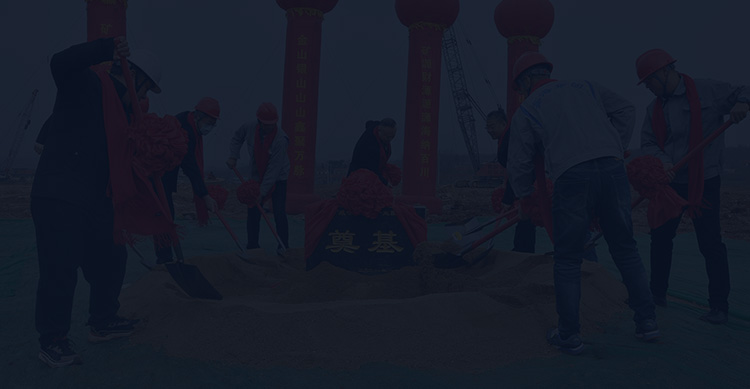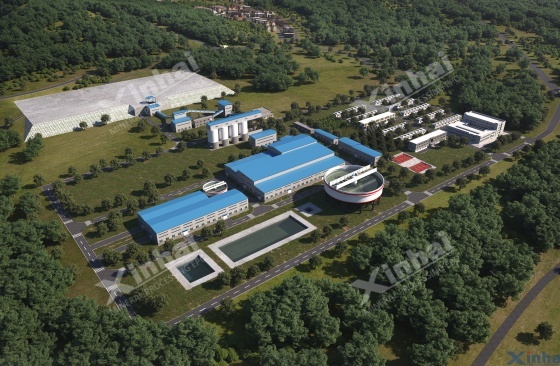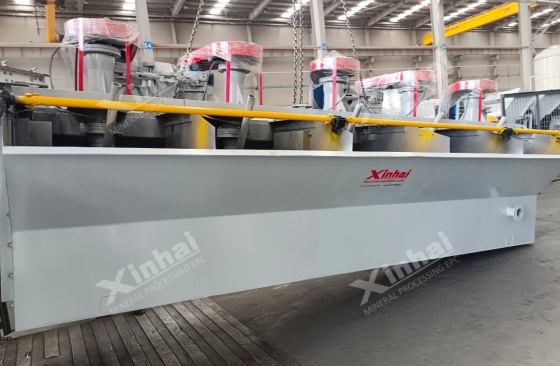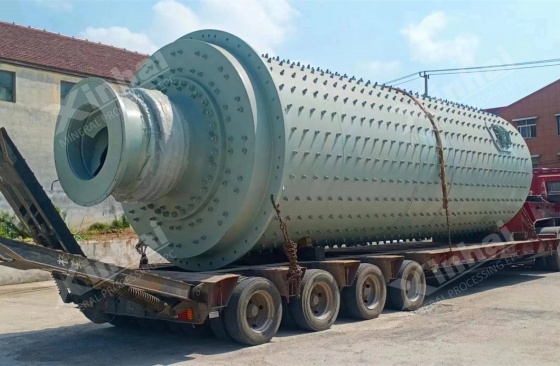
Lithium resources are mainly categorized into salt lake brine and hard rock types. This article focuses on hard rock lithium mining and processing equipment, as well as the model selection strategies for key machinery. The mining and processing of lithium ore typically involve five stages: exploration → mining → beneficiation → refining (into lithium carbonate/lithium hydroxide) → battery manufacturing. Among these, investment in mining and processing equipment accounts for approximately 40% to 60% of the total project cost. Therefore, understanding the composition of this equipment and the strategies for selecting appropriate models is particularly important.

1. Exploration Equipment
Ground-Penetrating Radar (GPR): Used in lithium ore exploration to detect the geometry and grade distribution of underground ore bodies. GPR and electromagnetic instruments are commonly employed. GPR has a detection depth of 50–100 meters with a resolution of ±0.1 meters. Electromagnetic instruments are suitable for delineating lithium ore targets in complex terrains.
Diamond Core Drill: Utilized for obtaining core samples to analyze lithium grade (Li₂O content), with a drilling depth of 1,000–2,000 meters.
Portable XRF Analyzer: Enables rapid, on-site determination of elemental content such as lithium and beryllium, with a detection accuracy of ±0.05% Li₂O.
2. Open-Pit Mining Equipment
Drilling and Blasting Equipment: Intelligent drilling rigs with a borehole diameter of 165 mm and automatic positioning accuracy of less than 10 cm are recommended. Digital electronic detonators can be used for controlled blasting.
Loading and Hauling Equipment: Hydraulic shovels or electric rope shovels are suitable for loading; ultra-large mining trucks are recommended for transportation.
Primary Crushing Station: Mobile jaw crushers are used to crush mined lithium ore on site, with a typical output particle size of 150 mm.
3. Underground Mining Equipment
Shaft Excavation Equipment: Deep well drilling rigs can achieve a maximum bore diameter of 8 meters and a depth of up to 1,500 meters.
Ore Mining Equipment: Load-Haul-Dump (LHD) machines are suitable for tunnel gradients of up to 15°. Raise boring machines can be used for reverse shaft drilling, with diameters up to 2.4 meters and a monthly advance rate of 200–300 meters.
Ore Hoisting System: Uses wire rope hoisting systems to transport ore from underground to the surface.

1. Crushing and Grinding Equipment
Crushing Equipment: A jaw crusher is used for coarse crushing, while a cone crusher is used for medium and fine crushing. Vibrating screens and auxiliary crushing equipment are used to classify and further crush lithium ore. Ore with qualified particle size is sent to the grinding system.
Grinding Equipment: The crushed lithium ore is fed into a ball mill for further grinding, typically to a particle size of -200 mesh. The spiral classifier is used in combination to complete the grinding and classification process.
2. Flotation Equipment
Agitation Tank (Slurry Agitator): After the initial ore pretreatment, the ground slurry is mixed with water and flotation reagents in an agitation tank to ensure thorough mixing before entering the flotation machine.
Flotation Cell: Lithium-bearing minerals and gangue are separated based on differences in floatability. During flotation, collectors are adsorbed onto the surfaces of lithium minerals to make them hydrophobic and float. Depressants (inhibitors), such as for quartz, feldspar, and mica, are used to suppress gangue minerals, thus enabling effective separation.

3. Dewatering Equipment
The lithium concentrate obtained from flotation is transferred to dewatering equipment for moisture removal. Common equipment includes thickeners, vacuum filters, and filter presses, which remove excess water from the concentrate before the refining stage.
4. Tailings Dry Stacking Equipment
Different tailings dewatering solutions are applied based on the tailings' particle size distribution:
Coarse-grained tailings settle quickly and are easier to dewater. A combination of cyclone and high-frequency dewatering screen is typically used for dry stacking.
Medium-grained tailings require enhanced solid-liquid separation and are usually treated with a deep cone thickener followed by a plate and frame filter press.
Fine-grained tailings, which are difficult to settle, require advanced high-efficiency flocculation or high-pressure dewatering. A combination of a high-efficiency thickener and ceramic filter is generally employed.
1. Processing Capacity
When selecting lithium mining equipment, it is essential to first determine the required processing capacity and ensure it aligns with the mine's reserves. If the capacity is too small, production targets cannot be met; if it is too large, it will lead to unnecessary capital and operational costs.
2. Automated Control
Automated control systems not only reduce labor costs but also enhance operational precision, minimizing the risk of resource waste due to human error. Modern lithium processing plants are typically equipped with DCS (Distributed Control System) and online monitoring systems to optimize flotation efficiency and process stability.
3. Key Considerations for Selecting Flotation Equipment
As the core equipment in lithium ore beneficiation, choosing the appropriate flotation machine is particularly critical. Important selection criteria include air intake (aeration volume), agitation intensity, and corrosion resistance (e.g., rubber lining or stainless steel construction).
4. Energy Consumption and Cost
Equipment with high energy consumption significantly increases operational costs and reduces overall project profitability. Among all beneficiation equipment, grinding mills typically consume the most energy. It is recommended to select energy-saving ball mills, which can reduce power consumption by up to 30% compared to conventional models, thereby lowering electricity costs.

Xinhai Mining is a professional provider of full-industry-chain lithium mining and processing services, offering one-stop solutions covering lithium ore exploration, design, equipment supply, construction management, and operations (EPC+M+O).
Xinhai independently develops and manufactures lithium processing equipment, including ball mills, flotation machines, thickeners, and more—suitable for hard rock spodumene and lepidolite mines. These products are known for their high efficiency, energy-saving performance, and intelligent design.
Xinhai’s EPC+M+O model integrates advanced mining and beneficiation technologies, equipment manufacturing, and operation & maintenance capabilities. It has been successfully applied in numerous lithium mining projects worldwide, helping clients reduce investment risks while increasing recovery rates and overall returns.
If you have any needs in lithium mining and processing, please feel free to contact us.
To find out more about our products and solutions, please fill out the form below and one of our experts will get back to you shortly.